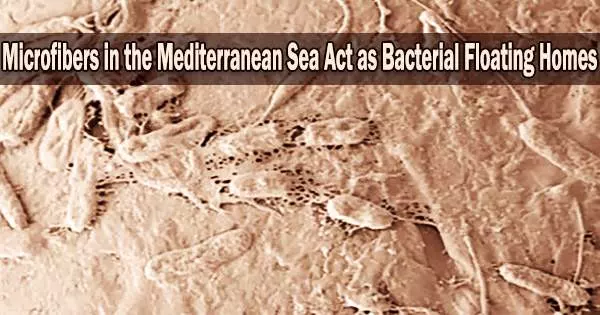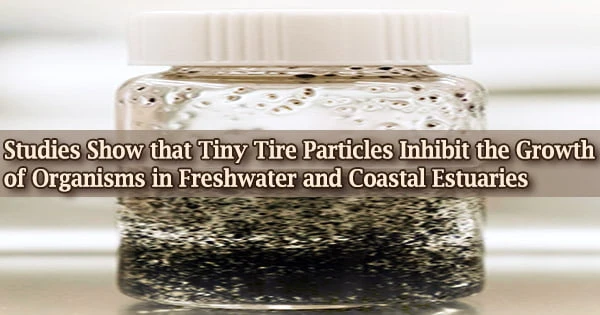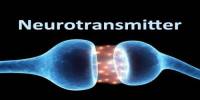According to a recent study led by Maria Luiza Pedrotti of the Sorbonne Université and released November 30, 2022, in the open-access journal PLOS ONE, the Mediterranean Sea is home to nearly 200 types of bacteria, including one that can make people sick from eating.
Synthetic and natural microfibers from fishing, the textile industry, and plastic pollution have significantly expanded in the ecosystem and are now the most prevalent kind of particles in the ocean.
Because they smell like food and are devoured by marine species after becoming colonized by bacteria, these microfibers probably constitute a threat to aquatic ecosystems and human health. The microfibers probably accumulate in marine species as they ascend up the food chain because they are persistent.
Researchers employed cutting-edge microscopy methods and DNA sequencing to identify microorganisms residing on microfibers obtained from the northwest Mediterranean Sea in order to determine what kinds of bacteria reside on floating microfibers.
The role of climate change also has an influence on the spread of this potentially pathogenic bacteria. Studies have shown that temperature has a significant correlation with the increase of Vibrio spp and the emergence of infections. At the time we found this vibrio, coastal summer temperatures ranged from 25.2-26.5°C, while this year, at the same location, they reached 29°C.
Maria Luiza Pedrotti
They discovered that more than 2,600 cells on average live on each microfiber. These cells come from 195 different bacterial species, including the potentially deadly Vibrio parahaemolyticus, which can cause food poisoning from seafood.
The discovery of harmful Vibrio species on microfibers in the Mediterranean Sea has only recently been reported by this latest study. Because the bacterium’s presence can pose a risk to bathing and seafood intake, the discovery is significant for determining health hazards.
The study also questions whether microfibers pose a threat to the environment. Contrary to short-lived natural particles like wood or sediments, the amount of persistent plastic garbage in the environment may be carrying harmful bacteria and other pollutants across the ocean, raising the risk of contamination.
Maria Luiza Pedrotti adds: “The role of climate change also has an influence on the spread of this potentially pathogenic bacteria. Studies have shown that temperature has a significant correlation with the increase of Vibrio spp and the emergence of infections. At the time we found this vibrio, coastal summer temperatures ranged from 25.2-26.5°C, while this year, at the same location, they reached 29°C.”
















